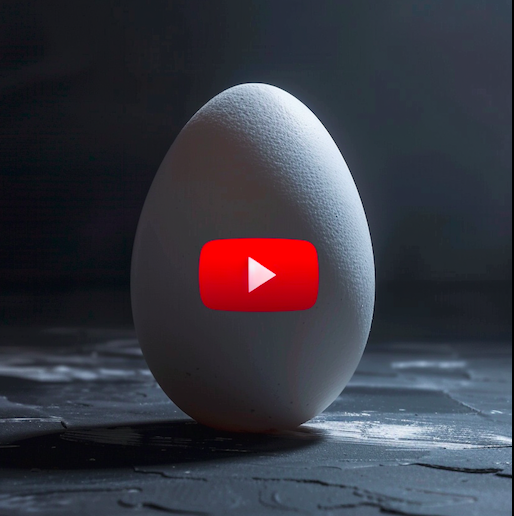YouTube stands as the second-largest search engine and a premier platform for video advertising, catering to a diverse global audience. This guide delves deep into YouTube advertising, offering a roadmap from account setup to campaign optimization, including dashboard basics for novices.
Setting Up Your YouTube Ads Account
1. Create a Google Ads Account:
To begin advertising on YouTube, you’ll need a Google Ads account since YouTube ads are managed through this interface. If you haven’t already, visit the Google Ads website and create an account.
2. Link Your YouTube Channel:
Once your Google Ads account is ready, link it to your YouTube channel. This linkage allows you to use videos from your channel directly in advertisements and provides deeper analytics insights.
– Go to your Google Ads dashboard.
– Navigate to the “Linked accounts” under the “Settings” menu.
– Find YouTube and follow the prompts to connect your channel.
3. Familiarize Yourself with the Google Ads Dashboard:
Before launching your first campaign, take some time to understand the Google Ads dashboard. This platform allows you to create new campaigns, set budgets, manage bids, gain insights from analytics, and much more. Key sections include:
– Overview: Quick insights and performance snapshots.
– Campaigns: Manage all your advertising campaigns.
– Ad Groups: Organize your ads within each campaign.
– Ads & Extensions: Create and modify your ads.
– Tools & Settings: Access detailed tools for billing, linking accounts, and other settings.
Creating Your First YouTube Advertising Campaign
1. Define Your Campaign Objective:
Begin by clicking the “+ New Campaign” button. Choose an objective that aligns with your business goals, such as sales, leads, website traffic, product and brand consideration, or brand awareness and reach.
2. Select the Campaign Type:
Choose ‘Video’ as the campaign type to start setting up your YouTube ads.
3. Configure Your Campaign:
Here’s a step-by-step approach to configuring your YouTube ad campaign:
– Name Your Campaign: Choose a descriptive name to easily track your campaigns.
– Choose Your Budget: Set a daily average budget to control how much you spend.
– Select Networks: Decide where your ads will appear. Options include YouTube search results, YouTube videos, and the Google Display Network.
– Set Your Targeting: Define who will see your ads based on location, age, gender, interests, and more.
– Create Your Ad Group: Think of ad groups as subcategories within your campaign. They allow you to target different audiences with tailored messages.
4. Create Your Ad:
– Select a Video: Choose a video uploaded to your linked YouTube channel.
– Choose the Ad Format: Decide between skippable in-stream ads, non-skippable in-stream ads, bumper ads, or video discovery ads.
– Configure Your Ad: Add a headline, description, and CTA (call to action). This is where you make your ad compelling to viewers.
Monitoring and Optimizing Your Campaign
1. Dive into Analytics:
Google Ads provides robust analytics to track the performance of your YouTube ads. Regularly check metrics such as views, impressions, click-through rates, and conversion rates. These insights are crucial for understanding the effectiveness of your campaigns.
2. A/B Testing:
Experiment with different versions of your ads (A/B testing) to see which performs better. You might vary the video content, the call to action, or even the targeting parameters.
3. Optimize Based on Performance:
Use the data from your analytics to make informed decisions:
– Adjust Budgets: Allocate more budget to high-performing ads.
– Refine Targeting: Shift focus to demographics that are converting at higher rates.
– Improve Ad Content: Update low-performing ads based on feedback and testing results.
4. Schedule Regular Reviews:
Set a regular schedule to review and adjust your campaigns. This proactive approach ensures that your YouTube advertising strategy remains aligned with your business goals and adapts to changing audience behaviors.
Conclusion
YouTube advertising offers a dynamic platform for reaching diverse audiences with engaging video content. By setting up a structured campaign, utilizing the powerful tools provided by Google Ads, and continuously optimizing based on performance data, businesses can achieve substantial growth and visibility in the digital space. Whether you’re a small business or a large enterprise, YouTube ads can be a pivotal part of your marketing strategy, driving not just views but valuable conversions.




